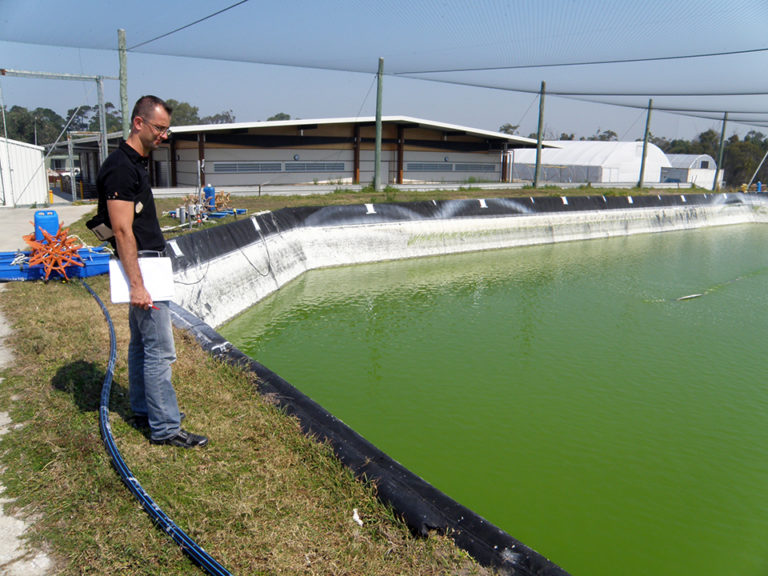
Innovation & Investment
Cooperation grows Australian aquaculture
Expansion of the Bribie Island Research Centre allows agencies to tackle multidisciplinary research tasks to help the Australian aquaculture industry.
Health & Welfare
A project of the Soy-in-Aquaculture program evaluated the feasibility of using soy protein concentrate and soybean meal to replace fishmeal in cobia diets.

Innovation & Investment
Expansion of the Bribie Island Research Centre allows agencies to tackle multidisciplinary research tasks to help the Australian aquaculture industry.
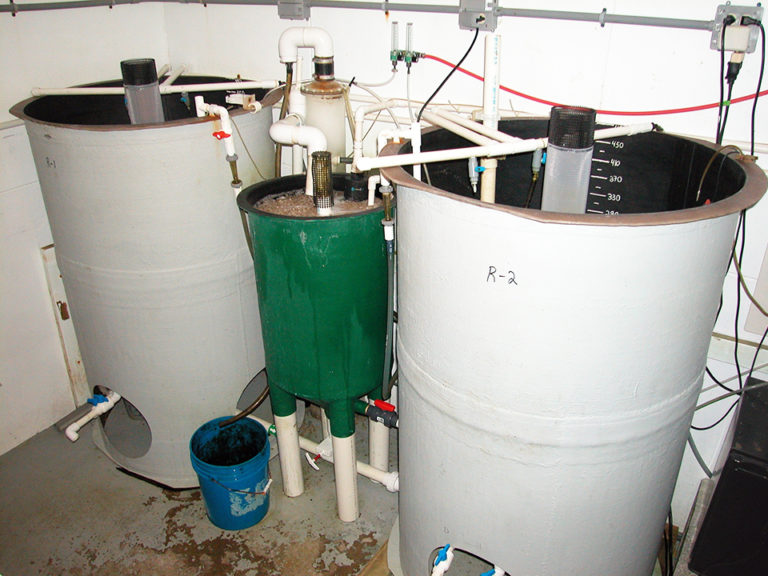
Health & Welfare
Fingerling production has long been a bottleneck in the advancement of cobia culture. A coalition has validated intensive larviculture production systems and protocols that deliver 35 percent survival.
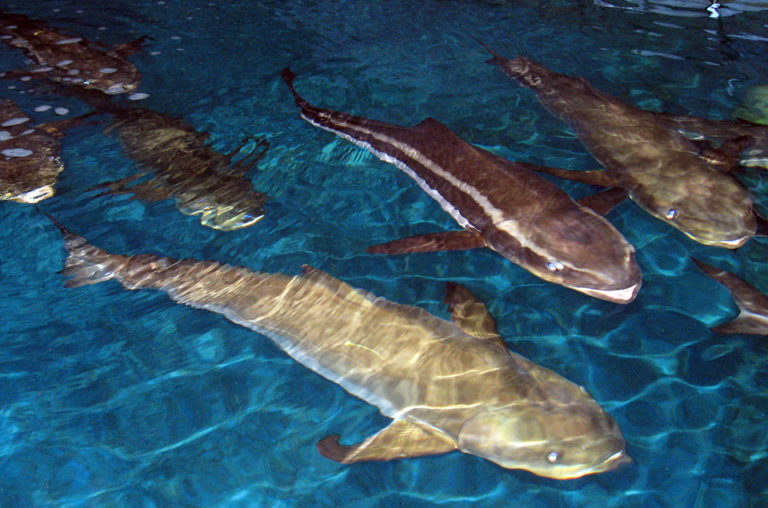
Health & Welfare
Cobia is a top emerging candidate for tropical and subtropical marine fish aquaculture. The University of Miami Experimental Hatchery has led ongoing research to advance the viability of raising hatchery-reared cobia.
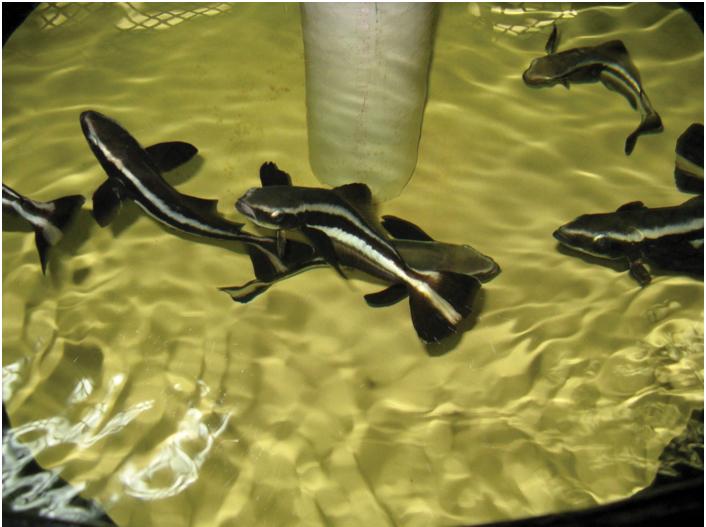
Aquafeeds
The authors evaluated graded substitution of fish oil with soybean oil in feeds for juvenile cobia and found a substantial amount of dietary fish oil can be spared without sacrificing production performance.
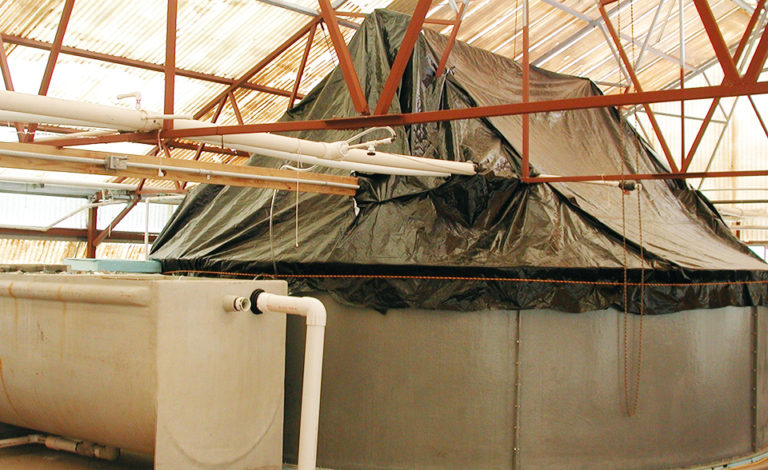
Health & Welfare
While Asia’s more extensive approaches for cobia larviculture are effective, more intensive methods are used in the Americas. Most facilities still rely heavily upon wild-capture broodstock.
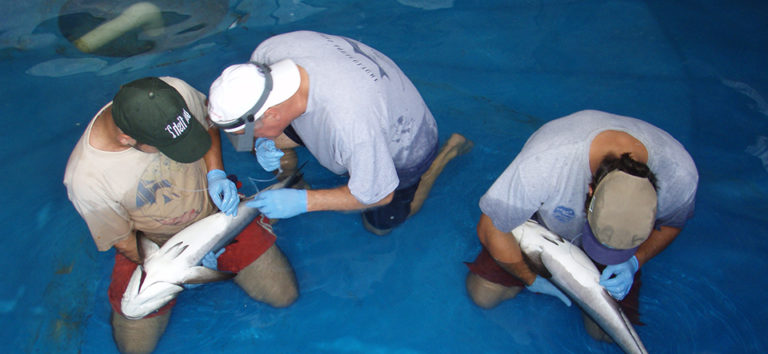
Health & Welfare
Selective-breeding coupled with advances in maturation systems, nutrition and management led to natural cobia spawnings at the University of Miami Experimental Hatchery.
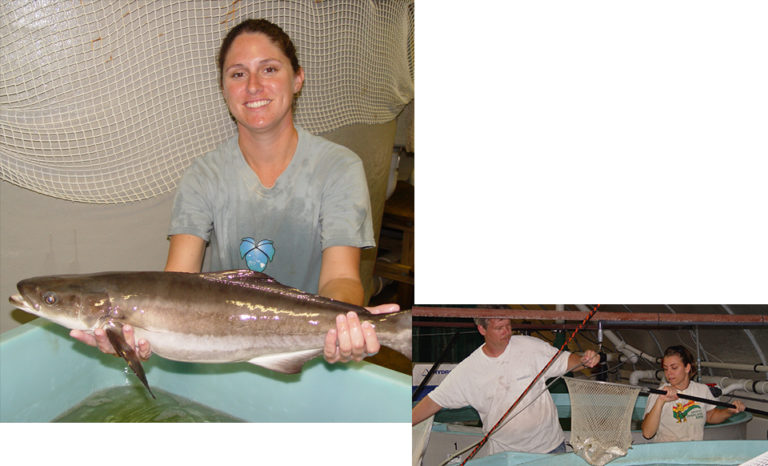
Health & Welfare
Collaborative research in Florida is developing technologies for rearing marine fish in low-cost, low-salinity recirculating systems. Spawning and larval production studies have led to the mass production of juveniles.

Intelligence
Cobia culture is dominated by the Asia Pacific region. Most culture is done in nearshore net pens, with trends also moving toward offshore pens and even intensive indoor systems. Vietnam is the largest market, while other markets relate to production levels.
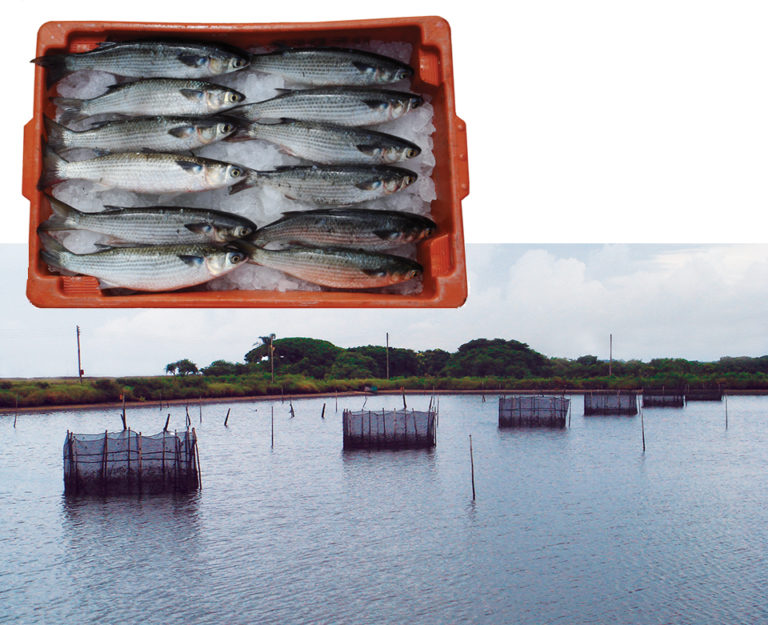
Intelligence
Marine fish farming in Brazil appears promising. A new cobia research network will support industry growth through standardization, development of technology and training.
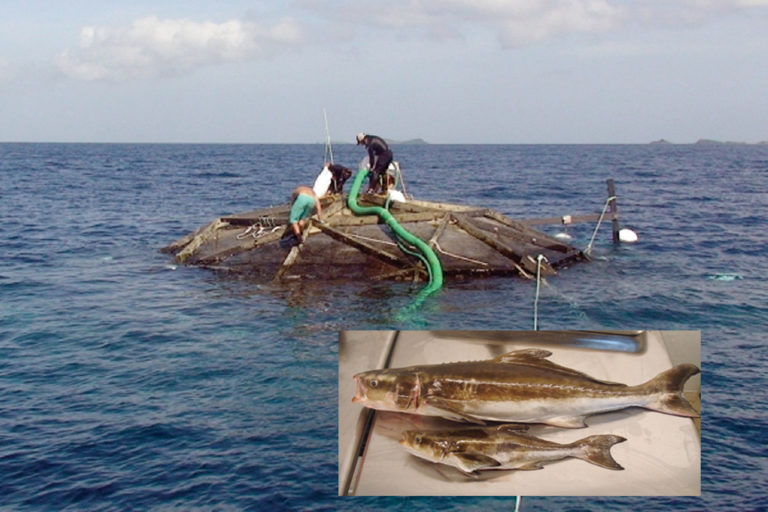
Intelligence
A marine fish species with excellent characteristics for commercial aquaculture, cobia is receiving much attention in Latin American and Caribbean countries.

Innovation & Investment
After years of mutton snapper research Aquaculture Center of the Florida Keys supplied commercial operations in Puerto Rico 15,000 cobia fingerlings.
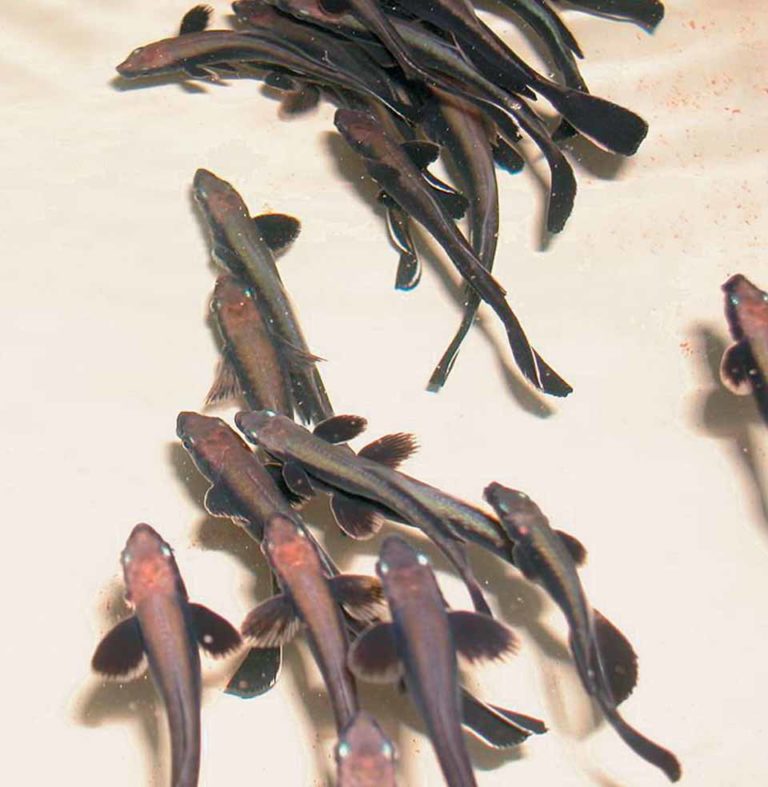
Health & Welfare
Production of cobia (Rachycentron canadum) is growing rapidly in Asia, yet fingerling production predominantly occurs in extensive pond environments.
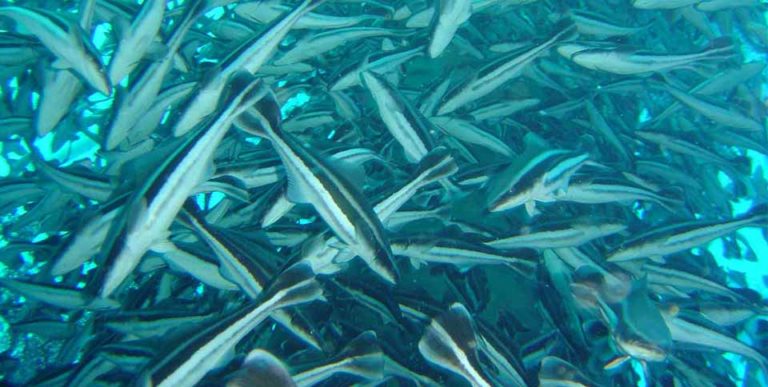
Intelligence
The objective is to demonstrate that cobia can be successfully raised in the Bahamas using advanced offshore technology with low impact and high yield.
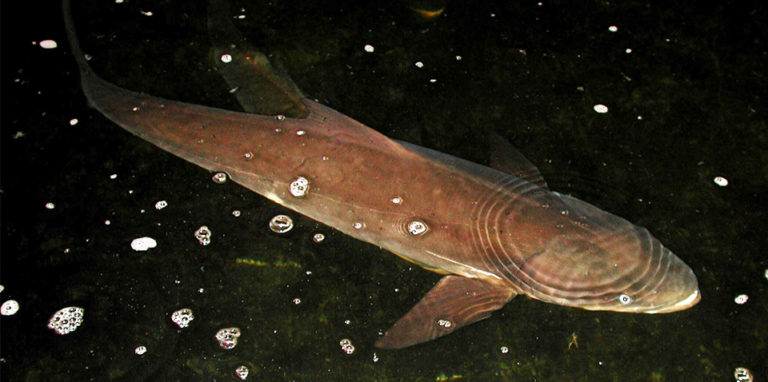
Intelligence
Recent research with cobia has generated considerable interest from both science and industry, primarily because of the rapid growth rate and flesh quality of the fish.